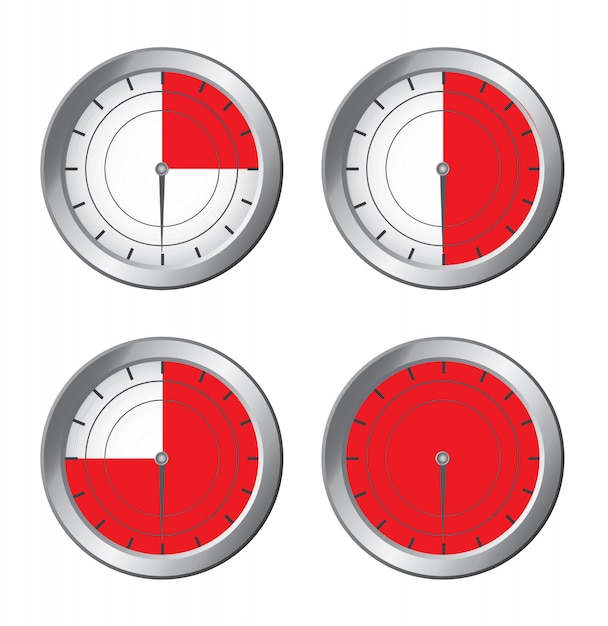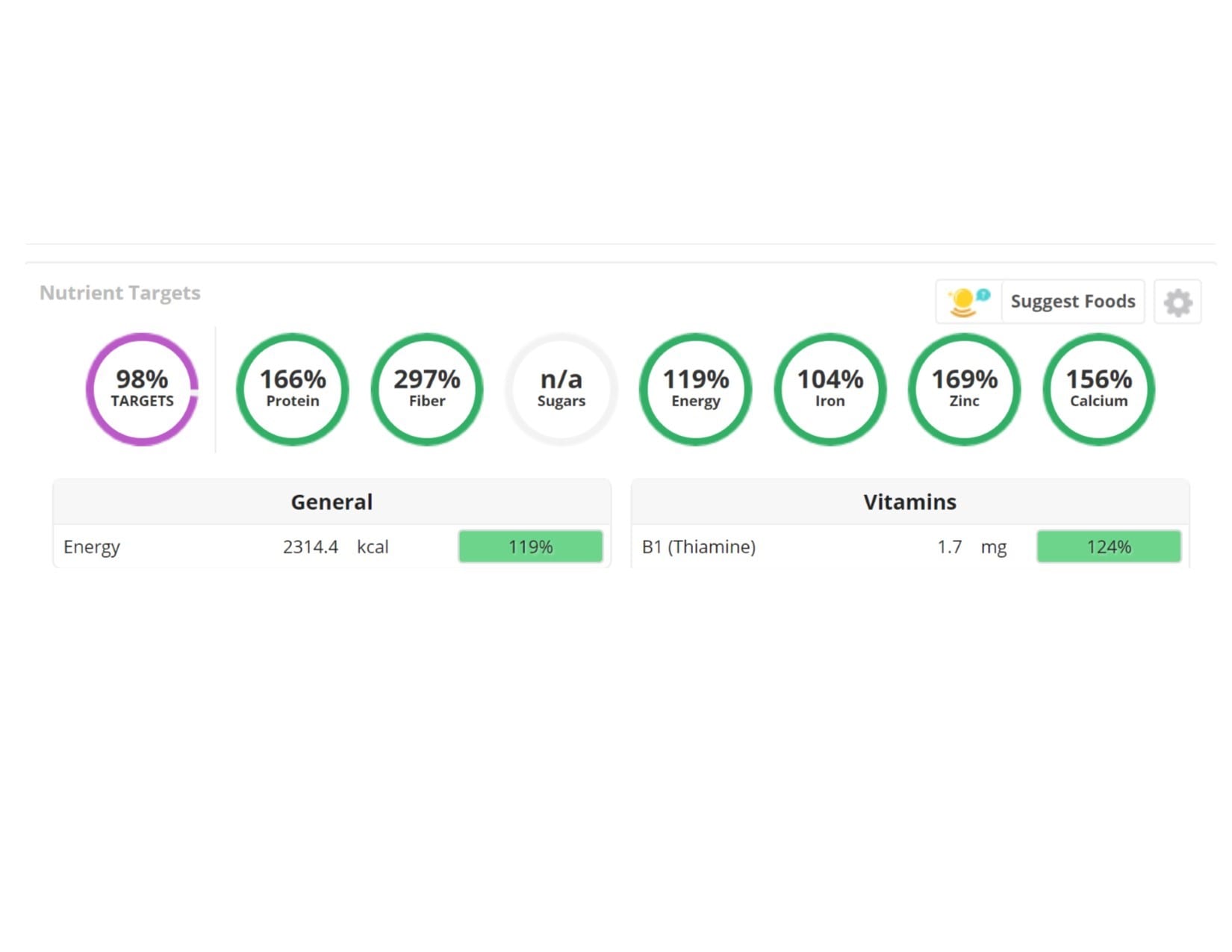
Because only very few movements were ever given the attention and manufacturing level necessary to pass the Observatory standards, there are very few observatory chronometers in existence. When a movement passed the observatory, it became certified as an observatory chronometer and received a Bulletin de Marche from the Observatory, stipulating the performance of the movement. The observatory testing regime typically lasted for 30 to 50 days and contained accuracy standards that were far more stringent and difficult than modern standards such as those set by COSC. The Neuchâtel Observatory, Geneva Observatory, Besancon Observatory, and Kew Observatory are prominent examples of observatories that certified the accuracy of mechanical timepieces. Once mechanical timepiece movements developed sufficient precision to allow for accurate marine navigation, there eventually developed what became known as "chronometer competitions" at astronomical observatories located in Europe.

The marine chronometer is no longer used as the primary means for navigation at sea, although it is still required as a backup, since radio systems and their associated electronics can fail for a variety of reasons. These culminated in the development and implementation of global satellite navigation systems (GSN- GPS) in the latter half of the 20th century. Consol), LORAN(-A and -C), Decca Navigator System and Omega Navigation System) that significantly reduced the need for positioning using an onboard marine chronometer. Early in the 20th century the advent of radiotelegraphy time signals supplemented the onboard marine chronometer for marine and air navigation, and various radio navigation systems were invented, developed, and implemented during and following the Second World War (e.g., Gee, Sonne (a.k.a. From then on, an accurate chronometer was essential to open-ocean marine or air navigation out of sight of land.
#Cronometer series#
This was the first of a series of chronometers that enabled accurate marine navigation.

The marine chronometer was invented by John Harrison in 1730. The term chronometer is also used to describe a marine chronometer used for celestial navigation and determination of longitude.

The term chronometer was coined by Jeremy Thacker of Beverley, England in 1714, referring to his invention of a clock ensconced in a vacuum chamber.


 0 kommentar(er)
0 kommentar(er)
